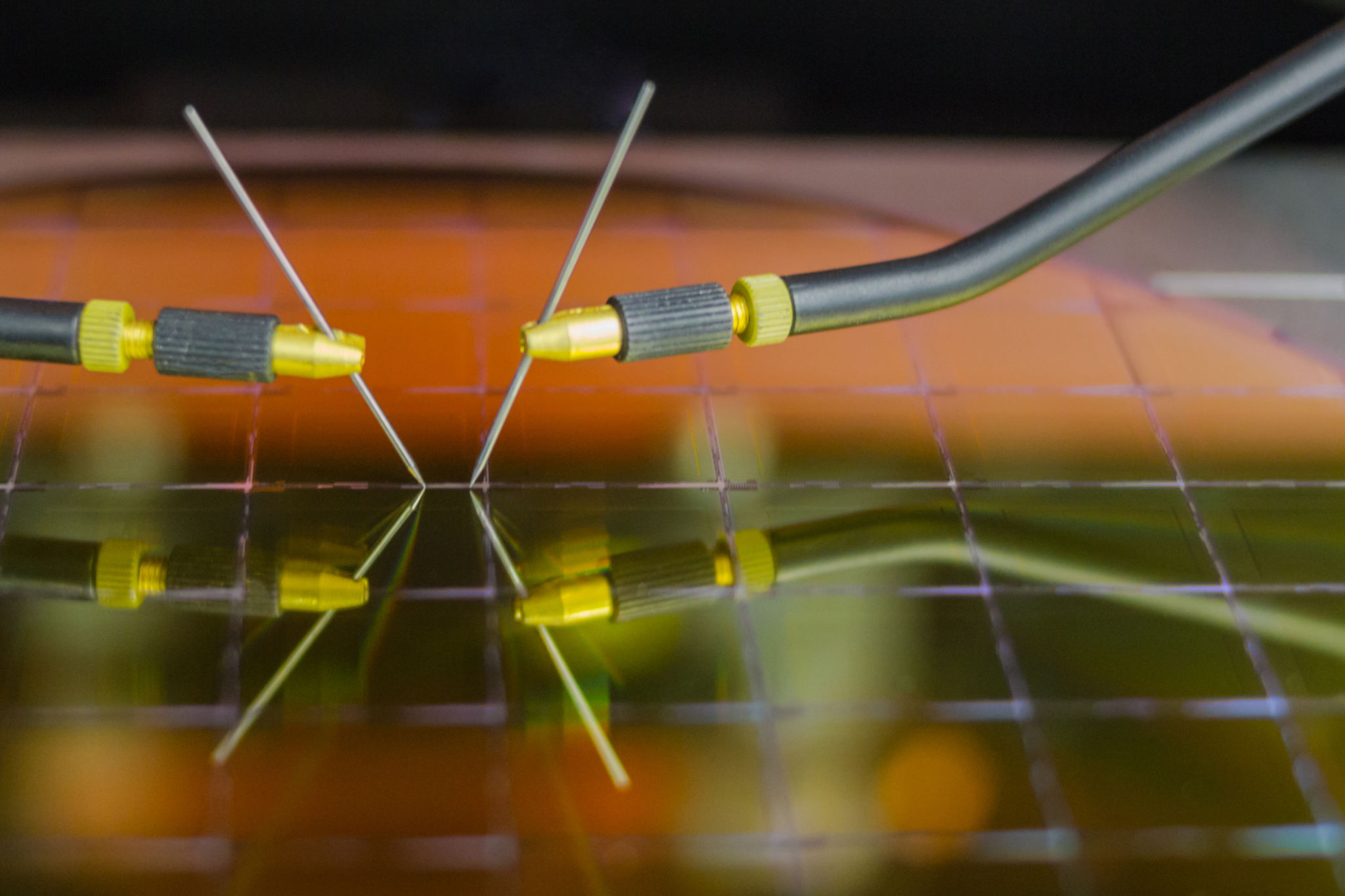Innovations in Organoid Electrical Stimulation: Current Trends
Exploring the World of Organoids
Organoids have emerged as a revolutionary tool in biomedical research, offering a miniature, simplified version of organs. These three-dimensional structures are derived from stem cells and are capable of replicating certain functions of real organs. This advancement has opened new doors for research in fields like personalized medicine, drug testing, and disease modeling. One of the most exciting frontiers in this area is the integration of electrical stimulation, which aims to enhance the functionality and development of these organoids.
Electrical stimulation has long been a technique used in medical therapies, particularly in neurobiology and cardiology. Applying this method to organoids allows researchers to explore the effects of electrical impulses on cell growth and differentiation, potentially leading to breakthroughs in understanding various biological processes.

Current Innovations in Electrical Stimulation
The integration of electrical stimulation with organoids is still in its early stages but is rapidly gaining traction. Recent innovations focus on improving the precision and efficiency of electrical delivery. One approach involves using microelectrode arrays to deliver stimuli at specific sites within the organoid. This technique allows for precise control over the intensity and duration of the electrical impulses, which can be crucial for studying the effects on cellular behavior.
Another exciting development is the use of wireless technologies in electrical stimulation. Researchers are exploring how wireless systems can be employed to provide continuous and non-invasive stimulation. This method holds promise for long-term studies where traditional wired systems may be impractical.

Potential Applications in Medicine
The innovations in organoid electrical stimulation are opening up new possibilities in medical research and treatment. For instance, brain organoids stimulated electrically could provide insights into neurological disorders such as epilepsy or Parkinson’s disease. By understanding how neurons respond to electrical cues, researchers can develop more effective treatments and therapies.
Similarly, cardiac organoids subjected to electrical stimulation can mimic heart rhythms, offering a platform for studying heart diseases and testing new drugs. This application could significantly enhance our ability to develop treatments that are more tailored to individual patients.

Challenges and Future Directions
Despite the promising advancements, there are still challenges to overcome in this field. One significant hurdle is ensuring the safety and biocompatibility of the materials used in electrodes and stimulation devices. The long-term effects of electrical stimulation on organoids also need further investigation to ensure that it does not lead to adverse outcomes.
Looking ahead, the future of organoid electrical stimulation is bright. Researchers are optimistic about combining this technology with other advanced techniques, such as CRISPR gene editing and bioinformatics, to create even more sophisticated models of human organs. These developments could pave the way for personalized medicine, where treatments are tailored to the unique genetic makeup of individual patients.
Conclusion
In conclusion, the field of organoid electrical stimulation is a rapidly evolving area that promises to revolutionize biomedical research and medicine. The current innovations are just the beginning, with potential applications that could transform our understanding of complex diseases and lead to more effective therapies. As researchers continue to explore this exciting frontier, we can expect to see further breakthroughs that will enhance our ability to mimic and understand human biological processes.
